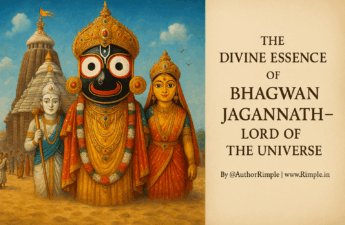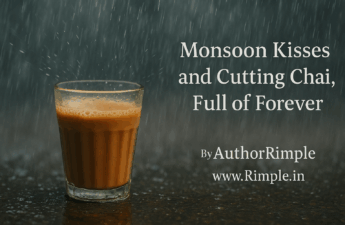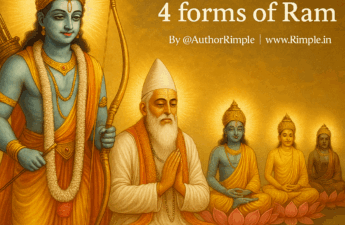From the golden spires of Puri’s Jagannath Temple, where bhakts chant the name of Bhagwan Jagannath with hearts full of bhakti, we journey back to a divine moment in Dwarka, where the vibrant colors of Shri Krishna’s love painted the very form of Jagannathji. In this sacred tale, the air shimmers with the fragrance of love, and the universe hums…
Category: post
BE 1: The Divine Essence of Bhagwan Jagannath – Lord of the Universe
Imagine standing before a sea of golden sand in Puri, Odisha, where the ocean whispers secrets of eternity, and a towering temple rises like a dream against the sapphire sky. This is the sacred home of Bhagwan Jagannath, the eternal sovereign of the cosmos, whose name—born from “Jagat” (world) and “Nath” (master)—sings of His boundless love for every heart. His…
BE 1: The Sacred Dawn of Pandharpur – Pauranic Beginnings of Bhagwan Vitthal and Devi Rukmini
Imagine a quiet town cradled by the gentle curve of the Chandrabhaga River, its waters sparkling like a string of pearls under the morning sun. This is Pandharpur, a place where the air hums with soft chants of “Vitthal Vitthal,” and the scent of fresh tulsi leaves dances with the breeze. Narrow lanes, lined with simple mud homes, lead to…
Monsoon Kisses and Cutting Chai, Full of Forever
In the heart of India, where dawn spills golden over rooftops and the air hums with life, there is a love story brewed in every home, every street corner, every heartbeat. It is the love for chai, not just a drink but a melody, a memory, a warm embrace in a cup. Chai is the rhythm of our days, the…
Food is Never Just Food
Food is more than a mere necessity—it is a sacred thread that weaves love, care, and warmth into the fabric of our lives. It is a silent language of affection, a bridge that connects hearts, and a pathway to something divine. From the moment we are born, food carries with it the essence of those who prepare it, shaping our…
The Celestial Splendor of Jagannath Snan Yatra: A Divine Odyssey of Bhakti
In the sacred heart of Puri, Odisha, where the ocean’s waves chant hymns of eternity and the air vibrates with divine love, the Jagannath Snan Yatra unfolds as a celestial celebration of Bhagwan Jagannath, the Supreme Being of the Universe. This divine festival is a radiant jewel in the crown of Hinduism, the most vibrant, profound, and divine spiritual tradition…
The Story of California: From Mexican Land to U.S. State and Today’s Tensions
California is a place of beauty, diversity, and dreams. But its history is full of changes, conflicts, and big questions about its future. Only 175 years ago, California wasn’t part of the United States. It belonged to Mexico. Today, riots and debates about immigration are making some people wonder if California could break away from the U.S. This article tells…
The Real Truth of Dandi March: Unmasking Gandhi’s Deceptive Plot
For years, Indians have been taught to worship Mahatma Gandhi as the “Father of the Nation,” praising his Dandi Salt March as a heroic act of defiance against British rule. But what if this was all a carefully crafted lie? What if the Dandi March was not a step toward freedom but a trap to crush true Indian patriots? Let’s…
Sant Kabir’s Four Forms of Ram: A Divine Ode to the Eternal
In the sacred realm of Indian spirituality, Sant Kabir’s voice rises like a celestial song, its simplicity piercing the veil of illusion to reveal the radiant truth of Ram. His dohas, like lotus petals floating on the river of divinity, carry the essence of the eternal, inviting every heart to awaken. For Kabir, Ram is not merely the historical Bhagwan…









